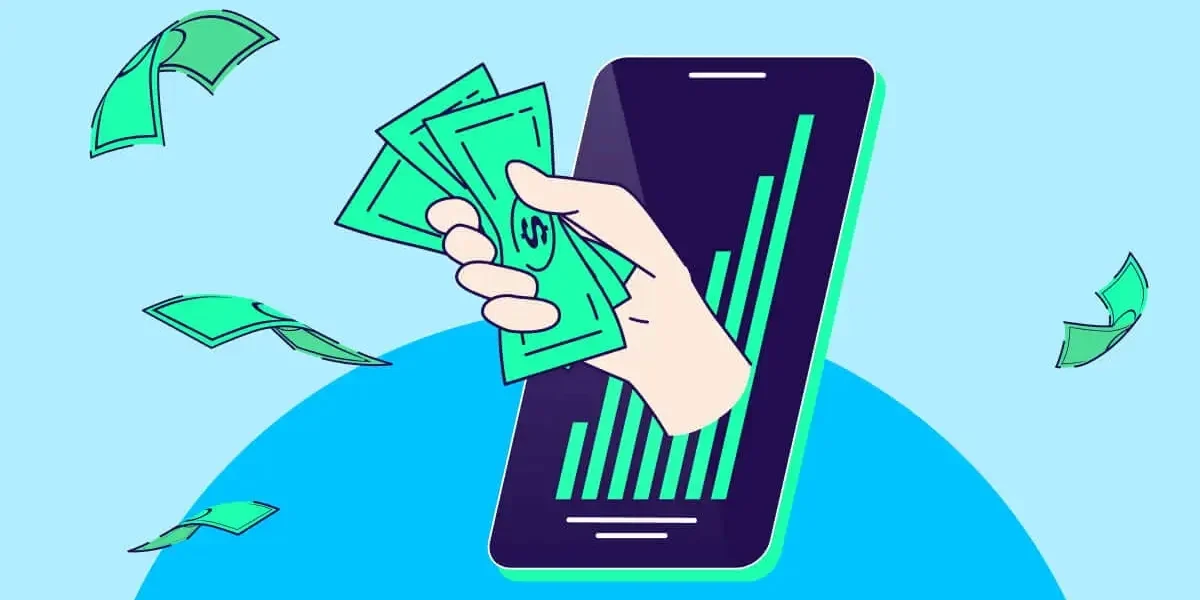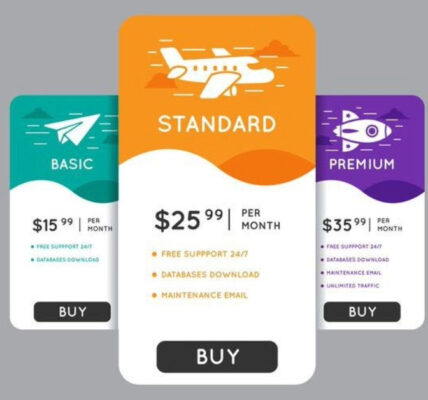Monetizing an app is tough, especially when you’re on a tight budget or don’t have the resources for major investments. Many developers get stuck thinking that they need significant upfront capital to start earning from their app, but that’s not the case. The reality is, you can begin generating revenue without spending a dime on development or marketing.
If you’ve been holding off on monetizing because of the perceived costs, this guide will walk you through practical, cost-free methods to start making money from your app right now. We’ll cover straightforward strategies, tools that don’t require a budget, and real-world examples to help you get started without risking your savings.
Why Monetizing Your App Doesn’t Have to Involve Upfront Costs
Many developers believe they need significant upfront investment to monetize their app. Whether it’s building out complex subscription management systems or paying for ads, the perception of high costs can be a major barrier. However, this isn’t true. With the right approach and tools, you can start monetizing your app from day one.
In this section, we’ll outline strategies that require little to no upfront investment and can generate sustainable revenue with minimal risk.
Key Monetization Strategies Without Upfront Costs
The monetization model you choose will depend on your app’s functionality and your target audience. Here are some of the best ways to start earning without needing an initial investment.
Freemium Model (In-App Purchases)
The freemium model is one of the most straightforward and popular ways to monetize an app. It works by offering your app for free while providing extra features or content for a fee. These in-app purchases can range from unlocking premium features to gaining access to content such as exclusive tools, lessons, or games.
For example, imagine you’ve built a fitness app where users can track their workouts and set fitness goals. You might offer basic workout tracking for free but charge users for personalized workout plans or premium exercise content.
With this model, you can build a user base without charging users upfront. Once users see value in your app, they’re more likely to spend money on unlocking additional features.
Why it works: Freemium apps often have high user acquisition rates because they’re free to download, and a small percentage of users will convert to paying customers once they see the value.
Subscription Model
A subscription model can be highly effective for apps that offer ongoing value. Whether it’s content updates, exclusive services, or new features, users pay on a recurring basis—monthly, quarterly, or annually—for continued access.
Let’s take a media streaming app as an example. You could offer a free trial period where users get full access to content. Once the trial ends, users will be charged for continued access. This model works well when your app continuously delivers fresh, engaging, and valuable content or services.
With subscriptions, your app generates predictable, recurring revenue, which can be very beneficial when planning for future growth.
Why it works: Subscriptions provide a steady stream of revenue and allow you to scale over time, relying on your current user base to fuel growth.
Ad-Based Monetization
If your app has a high volume of active users but doesn’t fit well with in-app purchases or subscriptions, ad-based monetization could be the right solution. By incorporating ads into your app, you can generate revenue based on either the number of ad impressions or the clicks they generate.
You can sign up for ad networks like Google AdMob or Facebook Audience Network, which provide easy-to-integrate ad placements such as banner ads, interstitial ads, or video ads. For example, a free mobile game app could display ads in between levels or show interstitials after a user finishes a level.
The key is balancing the ads so they don’t detract from the user experience. Too many ads can drive users away, but when used strategically, ads can provide significant revenue without requiring users to pay directly.
Why it works: Ad-based revenue doesn’t require your users to pay for anything, so it’s great for apps that focus on high volume and engagement.
Tools and Solutions to Help Monetize Your App
While choosing a monetization strategy is essential, using the right tools can streamline the process and maximize revenue without requiring upfront costs. Let’s look at some of the most effective solutions available.
RevenueCat for Subscription Management
When it comes to managing in-app subscriptions and purchases, RevenueCat is a tool that simplifies everything. It handles the complex backend of subscription management, making it easy for developers to focus on building their apps rather than handling billing, renewals, and tracking.
RevenueCat offers a no-cost option for developers who are just starting out and don’t have the budget to build custom subscription infrastructure. Once integrated, it takes care of subscriptions across iOS, Android, and web platforms, saving you the headache of dealing with app store payment systems.
RevenueCat also integrates with analytics tools, enabling you to track important metrics such as churn rate, lifetime value, and more. It allows you to offer a seamless subscription experience for users and gives you the data needed to optimize your monetization strategies.
Why it works: RevenueCat streamlines subscription management and integrates with your app easily, without upfront costs, making it a perfect tool for developers looking to scale with minimal resources.
Using Analytics to Optimize Monetization
No monetization strategy will succeed without data. Whether you’re using the freemium model, subscriptions, or ad-based revenue, you need to track how users are interacting with your app and how they respond to your monetization efforts.
Analytics platforms like Google Analytics and Firebase are free to use and provide a wealth of insights. They can track user behavior, showing you which features are most used, where users drop off, and which monetization efforts are converting. You can then use this data to tweak your approach.
For example, if users are dropping off at a certain point in the app, you can test different user flows or offer incentives to keep them engaged. Alternatively, if you notice a spike in purchases after you promote a premium feature, you can refine your marketing or offer more compelling upgrades.
Why it works: Analytics give you a clear view of user behavior and allow you to optimize your monetization strategy based on real data, not assumptions.
Best Practices for Monetizing Your App
While each monetization strategy has its strengths, the key to success is executing them effectively. Here are some best practices to keep in mind when monetizing your app:
Focus on User Experience
No matter which monetization strategy you choose, always prioritize your user experience. Make sure that monetization feels like a natural extension of your app. Don’t overwhelm users with too many ads, paywalls, or upsells.
Offer Value First
Ensure that your app delivers enough value for free before asking users to pay. If your app is genuinely useful and solves a problem, users will be more willing to spend money on premium features.
Test and Iterate
Constantly test different monetization models and offers to see what works best for your audience. A/B testing tools and analytics can help you refine your approach over time and maximize your revenue.
Provide Multiple Revenue Streams
Consider combining multiple monetization models to diversify your revenue streams. For example, you can offer a freemium app with in-app purchases and also include ad-based monetization to generate revenue from users who don’t opt for premium features.
Conclusion
Monetizing your app without upfront costs is entirely possible, and you don’t need a huge budget to get started. By leveraging the right strategies—whether it’s the freemium model, subscriptions, or ad-based revenue—you can start generating income immediately. Tools like RevenueCat can help simplify the process and manage your subscriptions with ease.
The key is to choose the right monetization approach, integrate the right tools, and constantly iterate based on user data. With a strategic approach and the right tools, you can start monetizing your app today, even with limited resources.




